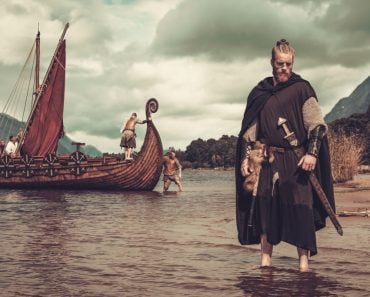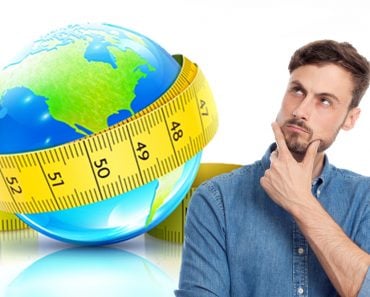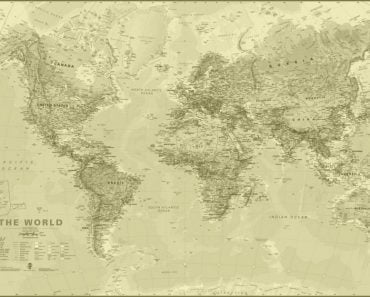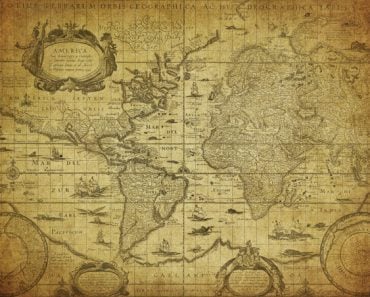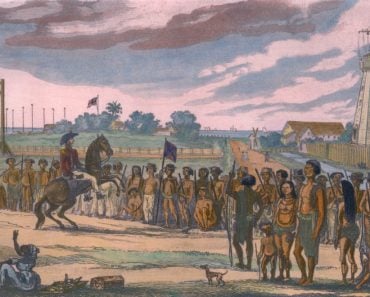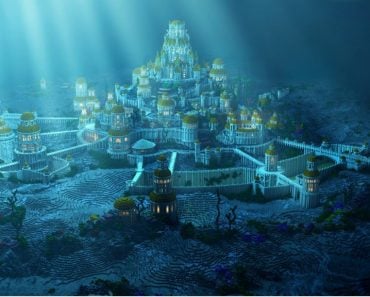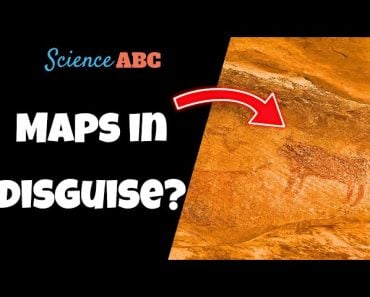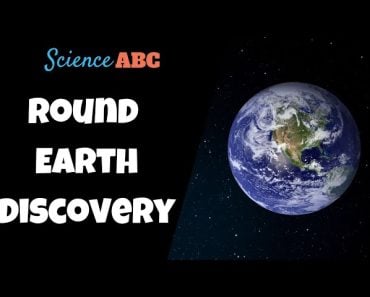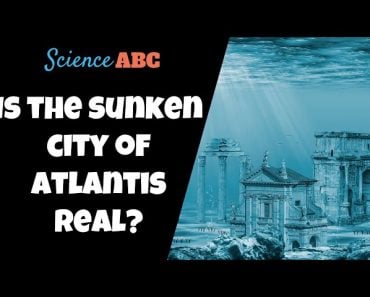Table of Contents (click to expand)
The most popular belief is that America was named after Amerigo Vespucci, an Italian explorer, cartographer and navigator. Vespucci made a number of trips across the Atlantic and is credited with solidifying the reputation of the Americas as a new continent.
The global population currently sits at just over 7.4 billion people, and nearly all of them have heard of the United States of America. As a dominant superpower for the past century, the shortened version – America – can stir pride, admiration, fear, envy, or distrust in the minds of people in every corner of the globe. However, as every child in America learns, the country was first discovered by Christopher Columbus in 1492.
So why isn’t the country named Columba?
Recommended Video for you:
The Strange Tale Of Amerigo Vespucci
The exploits of Christopher Columbus are well known to most school-children, and even the name Amerigo Vespucci is widely circulated through international culture, but the exact details of the latter legend are usually unknown, and the two men’s relationship is often viewed as a mystery.
Amerigo Vespucci was an Italian explorer, cartographer and navigator that also made a number of trips across the Atlantic, just like Christopher Columbus. However, prior to that, he worked in the commercial house of the Medici family in Florence, and helped to manage financing and supplies for a number of expeditions across the ocean, including some of Columbus’ later voyages. While Columbus initially had a monopoly on expeditions to the West Indies, by 1495, other navigators were granted licenses to explore the new area of “India”.
Now, it is important to remember that Christopher Columbus, despite landing in the Bahamas in 1492, believed for more than a decade that he had found a western route to India. Even after numerous expeditions to parts of the Caribbean and America, he remained certain that he had made his way to Asia.
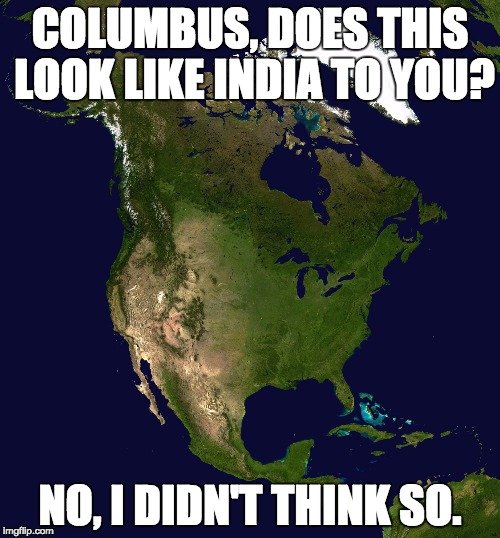
Over his years of service in the mercantile industry of Europe, Vespucci had earned respect and built connections across the continent. He was eventually invited by King Manuel I of Portugal to join an expedition across the ocean, which would eventually explore the southern coast of this “new continent”. Between 1499 and 1502, roughly 7-10 years after Columbus’ legendary voyages, Vespucci found that the southern coast of “India” went much further south than previously thought.
During the 1499 trek, he and his company explored the northern part of South America, and reached the Amazon River. At that point, he falsely believed that he was in India, just like Columbus. There was some anecdotal evidence – and a potentially forged letter – that Vespucci had actually been on an earlier expedition in 1497 that reached Central America. If this were true, that means that Vespucci had actually reached the mainland of the Americas before Christopher Columbus!
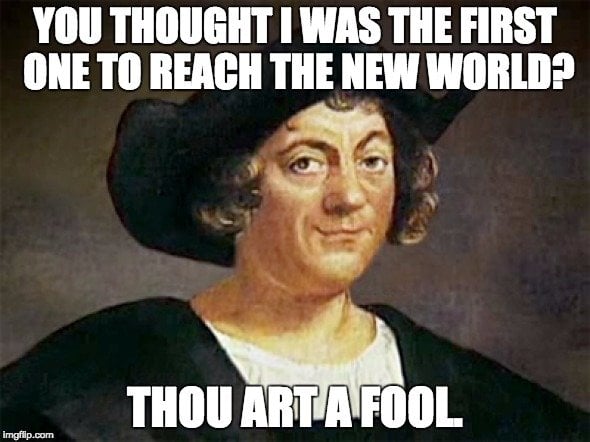
Given the unproven nature of those claims, historians agree that Vespucci’s 1501 expedition is where he solidified his reputation as a legendary explorer. On this trip, he traveled down the southern coast of south America, past present-day Rio de Janeiro, all the way to within 400 miles of the continents southern tip.
At this point, he was confident that his expedition (as well as Columbus’ before him) had not actually reached India, but a completely new continent, one that was not part of the “Old World” (Europe, Asia and Africa).
Amerigo’s Rise To Fame
During his series of expeditions, Amerigo Vespucci wrote numerous letters back to colleagues and friends in Europe, describing the places he had been and the wonders he had seen. Furthermore, he wrote books about his travels once he returned, both in 1502 and 1504, in which he referred to Central, South and North America as “Novus Mundi” (translated as “The New World”).
Amerigo Vespucci was the first to claim and essentially prove that the land mass he, John Cabot and Christopher Columbus had all explored was not India, but rather a completely unknown continent. His writings were vivid and entertaining, and caught the attention of publishers and citizens across Europe. These books were reprinted in dozens on European languages, and his accounts became some of the best sources for information on the New World. Christopher Columbus, on the other hand, had never written publicly about his “discovery”, but had continued to claim that he had landed in India.
Five years later, Martin Waldseemüller, a German cartographer, made a map of this exciting new world, and used Vespucci’s writings as the main source material for their topographic information. When they published the map, they placed the word AMERICA across the land mass, honoring the navigator to whom they attributed the discovery. Within 30 years, present-day North America had been added to that New World Map, and cartographers attributed the name America to that part of the continent as well. The rest, as they say is history.
An Alternate Explanation?
While historians and scholar have reached a general consensus on Amerigo Vespucci as the namesake of America, there is another explanation cited by some. While Columbus and Vespucci get much of the credit for early discoveries of the New World, English fishermen had been in Newfoundland, high on the northeastern coast of the continent, decades earlier.
A man named Richard Amerike, a wealthy English merchant from Bristol, was also a senior member of the Fellowship of Merchants and a customs officer. Trade records have shown that in 1481, Amerike shipped a load of salt (in order to salt fish) to these early sailors/fishermen. The belief is that those sailors named the region in which they were fishing after their sponsor – Amerike.
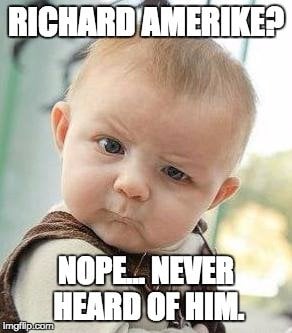
Furthermore, Richard Amerike was reputed to own the ship, the Matthew, which carried the expedition of John Cabot to Newfoundland in 1497. The belief is that Cabot named the territory where he landed America, and included that name on an early map.
In the early 20th century, the idea that America was actually named in honor of this man, Richard Amerike, was raised in academic circles. Letters in the Spanish National archives show that Columbus had received a copy of this earlier map, complete with the name “Amerike” on the land mass. Unlike the Italian explorers, who were eager to claim international credit for their discovery, the Bristol sailors and merchants were interested in keeping their lucrative fishing grounds a secret, which is why this alternative theory of America’s name has rarely been considered.
We may never know the real origin of America’s name, but these are certainly the leading contenders. In the eyes of the majority of the world, Amerigo Vespucci’s name will go down in history, while Christopher Columbus will retain the exploratory glory!
References (click to expand)
- No. 43: Amerigo Vespucci - University of Houston. The University of Houston
- Amerigo Vespucci - Wikipedia. Wikipedia
- History - The Naming of America - BBC. BBC Online
- The Naming of America - Jonathan Cohen. Stony Brook University
- Christopher Columbus - Facts, Voyage & Discovery - HISTORY. History
- The Map That Named America (September 2003). The Library of Congress


